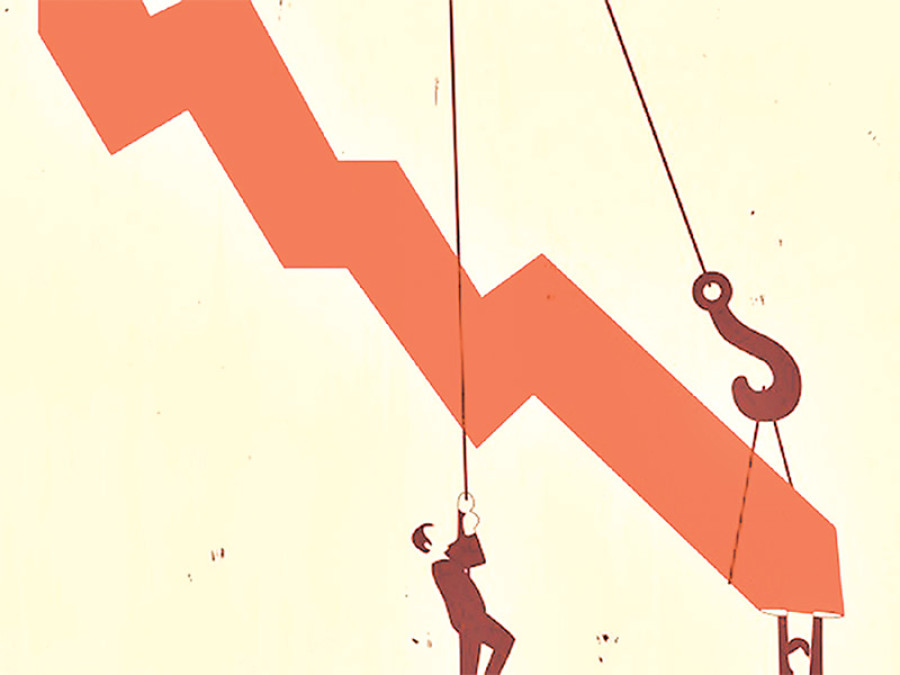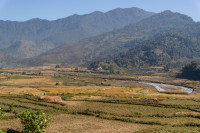Opinion
Messing around
It is not likely that export will expand and diversify through paltry cash subsidies to exporters
Bijendra Man Shakya
After vociferous protests by exporters, the government is thinking about raising export cash subsidy to 4 percent of the export value. Launched in 2010 with the aim to encourage exports and improve trade imbalance, the incentive programme had been offering a 2 percent ad valorem subsidy on exports that incorporated at least 30 percent domestic value addition and exported to countries other than India. However, the subsidy scheme has been mired in controversy for two major reasons from the beginning. One, it was criticised for the minuscule subsidy rate and the complexity in procedure for claiming it. Two, the scheme was self-contradictory vis-à-vis its core objective of overcoming the trade deficit problem.
Not enough
Against this backdrop, it is crucial to assess whether the recent decision will overcome both controversies. As far as the first one is concerned, the proposal will resolve its problem only partially. This is because the proposed subsidy rate is still below the exporters’ expectation of at least 10 percent of the export value and is also below the rate in other countries in South Asia. Bangladesh, for example, offers subsidies as high as 20 percent to 30 percent on selected products, and over 100 products in India are subject to subsidy of up to 5 percent. In addition, there has also been some improvements in the process of disbursing the subsidy in these countries, as its outlay and the number of exporters receiving the subsidy has increased in recent years.
But the real problem lies is the second issue, where the raise in cash export subsidy aims to overcome the growing trade deficit. By observing the data for seven years since the implementation of the subsidy scheme, we cannot find any significant positive impacts on export growth and trade balance. Paradoxically, while the export as percentage of gross domestic product (GDP) plunged from almost 6 percent in 2010-11 to 3 percent in 2016-17, the trade deficit jumped from 21 percent to 31 percent.
The effects were equally disappointing with respect to performance of the firms which received subsidies. A study done by the World Bank in 2017 found that the subsidy had no significant contribution to export values, quantities, prices, and the growth rates of these variables with respect to such firms.
This implies that the worsening trade imbalance cannot be effectively controlled without addressing the deficits with India which accounted for more than half of the country’s overall trade deficit. Despite that, the subsidy scheme cannot incorporate exports to India because there are possibilities that it might be abused by the re-export of goods so traders can benefit from collecting the subsidy as a result of the porous open border between the two countries. Given this complexity, an alternative scheme is needed urgently to correct this mismatch and improve the trade imbalance which is threatening the macroeconomic stability.
The government has different methods at its disposal to promote and diversify exports. The direct cash subsidy is probably the simplest one. But this has been unpopular as it is outlawed under the World Trade Organisation (WTO) rules. Although the WTO rule on subsidy is not applicable to least developed countries like Nepal, the direct subsidy is theoretically not absolutely preferable in terms of welfare gain. Cash subsidies are actually borne by the domestic taxpayers to encourage exporters, because the export price tends to reduce equivalent to the subsidy amount. Moreover, for a small economy like Nepal that cannot influence global supply, terms of trade are likely to deteriorate as the export price reduces.
Other approaches
Empirical evidence suggests that the developing countries with subsidies have not expanded their exports faster than those without subsidies. For example, India has had a long history of export subsidies, but export progressed only after it liberalised the trade regime in 1991. Similarly, the credit for the Asian miracle goes to export-oriented east-Asian economies, like South Korea, Singapore, Hong Kong, and Taiwan, China which liberalised tariff regimes, including for inputs used in exports, to reduce bias against exports. Singapore and Hong Kong provided export credit, but did not subsidise it.
Other emerging economies, including Malaysia, Thailand, and Indonesia followed the same path by introducing other export productivity oriented measures, like export credit and credit guarantees, support to research and development, and intensified market intelligence. The success of these economies, thus, can be ascribed to their policies that complemented the free trade policy instead of offering direct subsidies.
But Nepal has taken trade liberalisation for granted. The trade policy in Nepal is still export biased as most inputs used in exports are subject to high tariffs. And the export policy measures are not yet conducive as they have not gone deeper into the crux of the problem. The root cause of the problem in Nepal’s export is the lack of a “export push strategy” rather than export price competitiveness.
Since Nepal is relatively a small supplier in the global market and its products are not really dynamic in terms of demand, it can neither influence the world price nor can it expand the demand by only lowering the export price. Therefore, the incentive programmes should be “push strategy” based rather than “pull strategy” at this juncture. This means the government should subsidise programmes that relate to global marketing. That may include the efficiency in distribution and promotion of export firms, including organisation of trade missions, participation at international trade fairs, and export market intelligence in addition to productivity enhancement. Otherwise it is less likely that export will expand and diversify through paltry cash subsidy to exporters. In this scenario, the trade deficit problem will remain unaddressed.
Shakya is an associate professor of economics at Tribhuvan University




 19.12°C Kathmandu
19.12°C Kathmandu










